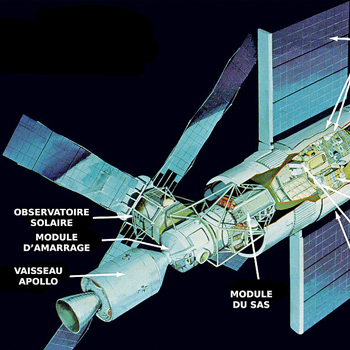Why does a massive star turn into a red super giant?
1 Answer
The core turns its hydrogen to helium and stops nuclear fusion which causes the outer shells of hydrogen to collapse. This results in higher temperature and pressure which in turn causes the outer shells to expand and cool as a red giant.
Explanation:
When a star burns out of hydrogen in it's core by converting it to helium via fusion, the core contracts in order to stabilize itself. The nuclear fusion in the core acts as an outward counter force to the gravity that is trying to compress the star because of it's mass.
With this outward force greatly decreased the outer shells of the stars begin to collapse and shrink. The pressure and heat caused by this collapse takes the place of fusion and acts as a outward force against the inward force of gravity.
The outer shell of the star is still mostly hydrogen and begins to expand, even larger than the star initially was, and cool which causes it to glow red, hence the "red giant" phase. How big it becomes as a red giant depends on the star's initial size. The bigger it was at first, the bigger the red giant.
In the meantime, the core begins to contract and fuse helium into carbon and enter the next phase in it's life cycle.

